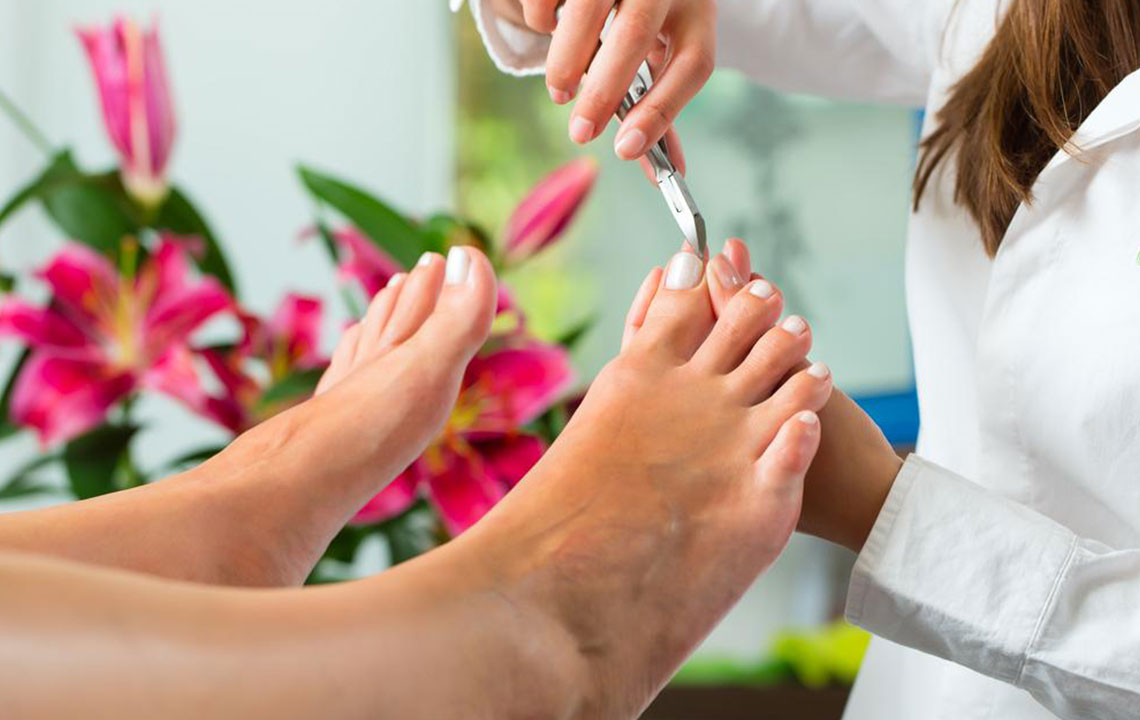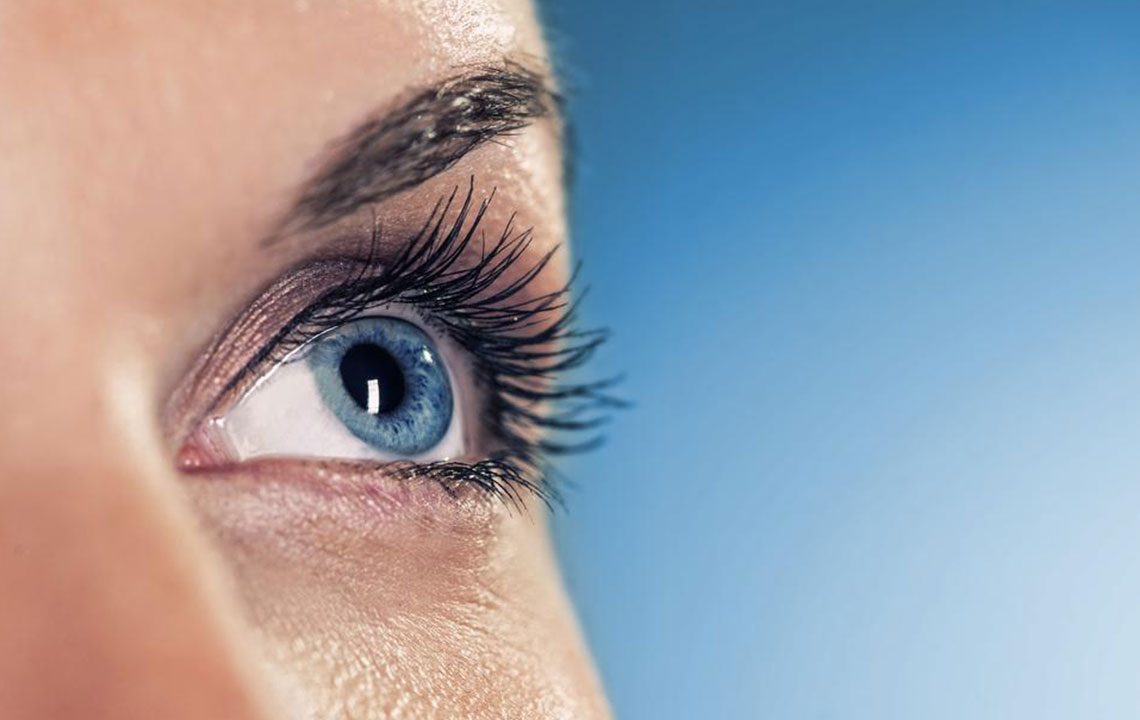
Treatments
6 Best Anti-Snoring Devices
Currently, a lot of people across the country suffer from snoring problems. Not just in adults, it is quite common in children as well. Snoring is caused when the airway gets narrower as the person sleeps. However, this problem can be fixed with the help of anti-snoring devices. You can explore numerous best stop snoring devices in the market. Benefits of anti snoring devices Comfortable and convenient Anti snoring devices have been designed in such a manner that they are comfortable and can be used with ease every night. They function effectively without interfering with a person’s sleep schedule and also help them get over the habit of snoring. Beneficial from health aspect Snoring occurs when there is some obstruction in the air supply to the lungs. This blockage naturally interferes with normal breathing process, and the person has to make efforts to breathe easy. The anti snoring devices ensure a healthy supply of air to the lungs so that congestion does not occur and a person is able to breathe normally. When used on a regular basis, these devices help in normal passage of air and thus help a person overcome the habit of snoring. Best stop snoring devices If you are looking for one, then below are listed some of the best anti snoring devices which will help you and your loved ones sleep peacefully.












